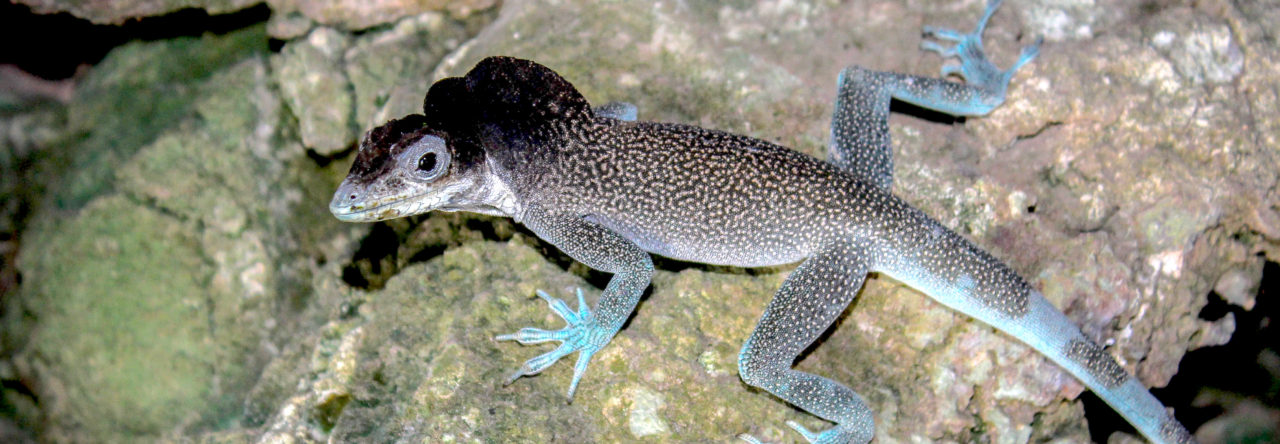 During a recent trip to the interior of Colombia (March 2013), we spotted this large striking anole. It was located just outside the town of Barichara, on the ancient Camino Real trail to Guane. Average elevation of this area is approximately 4,200 feet. Can anyone help identify this species and gender?
During a recent trip to the interior of Colombia (March 2013), we spotted this large striking anole. It was located just outside the town of Barichara, on the ancient Camino Real trail to Guane. Average elevation of this area is approximately 4,200 feet. Can anyone help identify this species and gender?
 As it was early in morning, the anole had just begun to bask in the morning sun. It had probably not thoroughly warmed its body yet, and made for an easy capture! We examined, photographed, and released unharmed. -Marc Kramer, DVM (Miami, FL)
As it was early in morning, the anole had just begun to bask in the morning sun. It had probably not thoroughly warmed its body yet, and made for an easy capture! We examined, photographed, and released unharmed. -Marc Kramer, DVM (Miami, FL)











